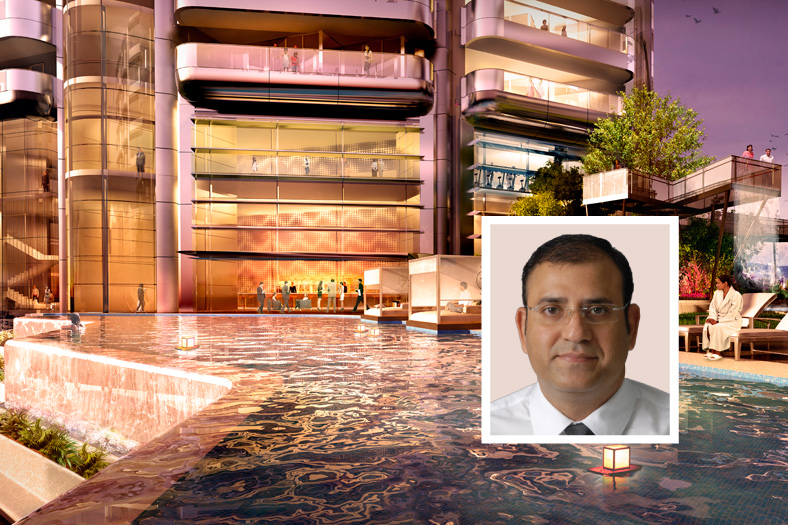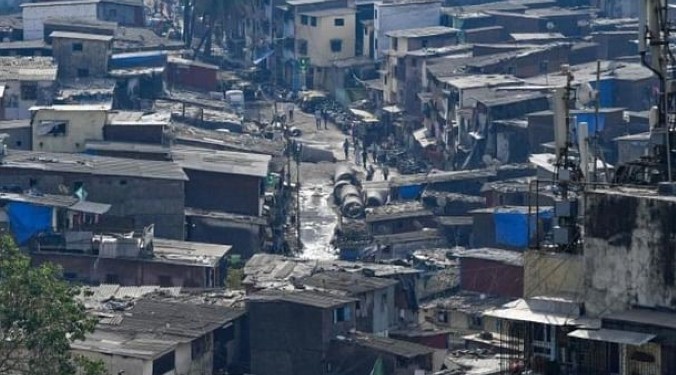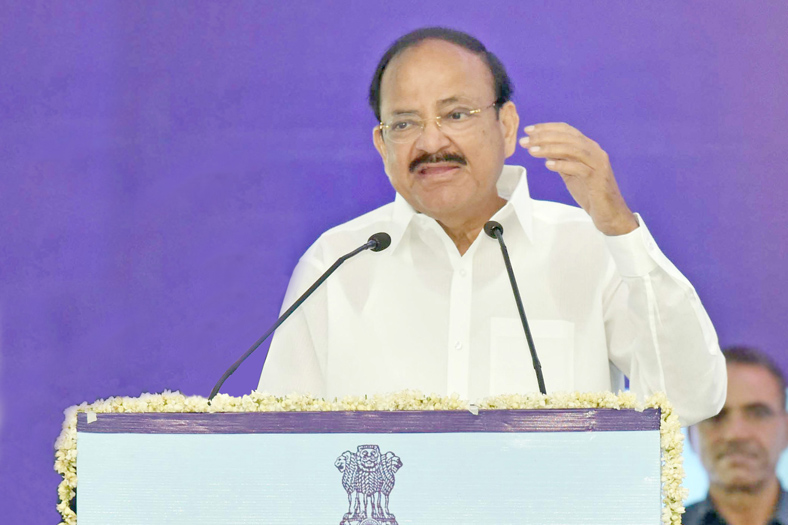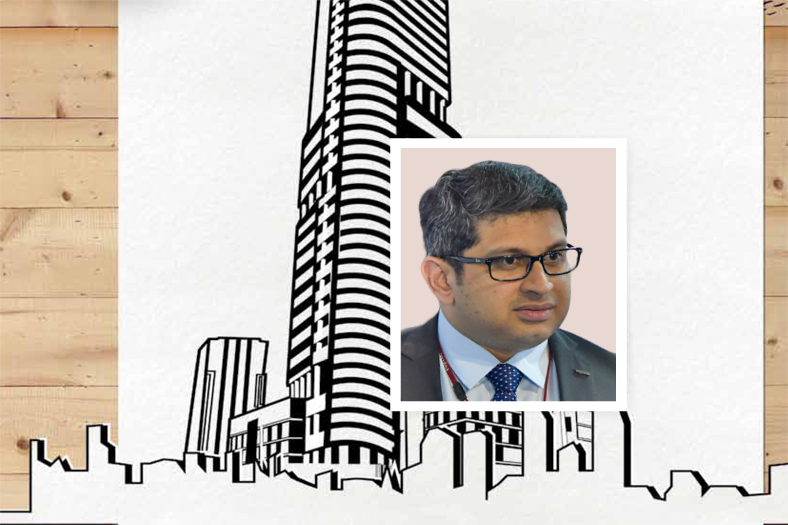Govt policies to aid sustainable development

Sustainable design is a comprehensive way of thinking about the built environment and its impact on future generations.
Raman Sapru, President-EPC, Omkar Realtors & Developers
Slow growth yet massive activities in construction industry
India’s construction sector is considered to be the country’s second-largest employer and contributor to economic activity after agriculture. It employs more than 35 million people. It accounts for the second highest inflow of FDI after services. The construction industry has contributed nearly 8 per cent to the national GDP during the last five years. The Indian construction industry is expected to grow at a year-on-year growth rate of around 5 per cent from Rs 10.4 lakh crore.
Sharing his views on the recent performance of construction industry Raman Sapru, President-EPC, Omkar Realtors & Developers says, “The construction industry growth has been a little slow compared to the nation’s Q2 GDP growth which touched 6.3 per cent. However, the overall industry is seeing massive activity in terms of building newer roads, highways (infrastructure) and the government is committed to build 40 km of road per day from 2018 from the current 28 km per day.”
How to bring sustainability into Indian construction industry
Sustainable design is a comprehensive way of thinking about the built environment and its impact on future generations. Tall structures today are built with sustainable design elements which include rainwater harvesting, grey water recycling and exterior cladding to limit solar heat gain. High-efficiency mechanical systems, a green-wall podium and the use of native plants in the landscaping and sky gardens can also be added to a project’s sustainable performance. “As the demand for more sustainable building options increases thanks to a growing global environmental consciousness, green construction is becoming increasingly profitable and desirable within the international construction market,“ Sapru observes.
Creating sustainable structures
Sapru claims, “All our tall structures be it Omkar Alta Monte (250 meters in North of Mumbai or Omkar 1973 Worli (300 plus metres in Central Mumbai) are sustainable designs. The towers have rainwater harvesting, grey water recycling and exterior cladding to limit solar heat gain. High-efficiency mechanical systems, a green-wall podium and the use of native plants in the landscaping and sky gardens can also be added to a project’s sustainable performance.”
He adds, “Omkar’s all developments are sustainable design which is a comprehensive way of thinking about the built environment and its impact on future generations understanding the thoughtful integration of architecture with building systems such as structure, mechanical (plumbing, heating and cooling), electrical (including information systems), transportation (escalators and elevators) and cladding systems.”
Policies aiding sustainable development
Informing about the expectation from policymakers to push construction industry, Sapru suggests, “As an industry player, we want the government to make policies aiding sustainable developments for future generations. Also, support green building initiative by way of maximum benefits to the industry to make green sustainable developments. Government should incentivise sustainable development so that more and more people come into this net.”
Cookie Consent
We use cookies to personalize your experience. By continuing to visit this website you agree to our Terms & Conditions, Privacy Policy and Cookie Policy.









